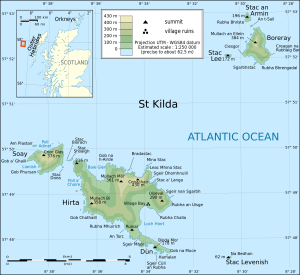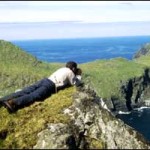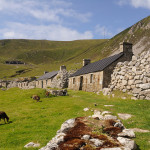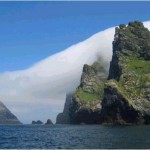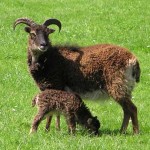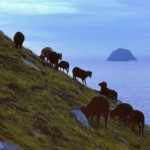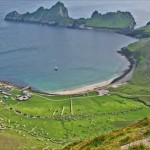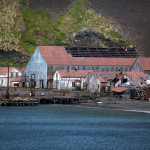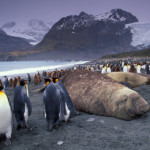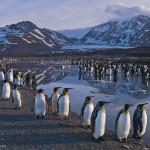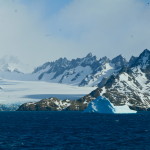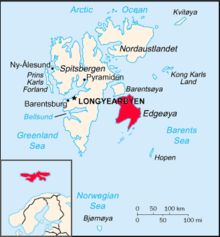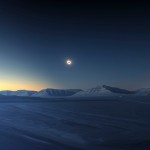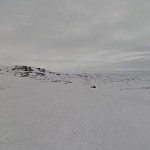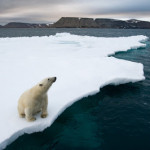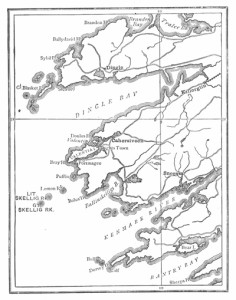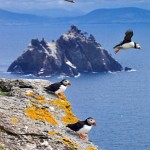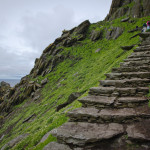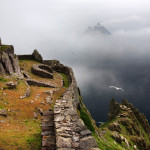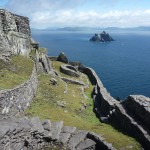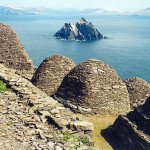While we tend to think of balmy tropical islands when we ponder “island” we also have encountered islands on the margins: of the globe (OK- a sphere, I know, but stick with this for a moment”) and of human experience. Sometimes we fight to survive on our island homes. Or an island can be a harsh and unforgiving place that dares us to survive at all.
Let’s consider four of these islands: St. Kilda and St. Michael (Great Skellig) off the coast of Scotland and Ireland, South Georgia off the southern most tip of South America, and Halfmoon island way up north in the Svalbard archipelago.
A community of hearty humans have lived on this island since neolithic times until the 1930s when the last person left the island. We find a curiously democratic and tight-knit community in recent centuries, bound together by the sheer necessity of forging life from a wildly beautiful place but a stark and often unforgiving one. Climbing huge cliffs in the dark to snare birds to eat; coaxing barley from a soil and climate that often was cloudy and stormy, cut off from civilization to the point where the inhabitants did not know what fruit was–here we see a life lived on the edge. But was it also gloriously free and spiritual? Or parochial and mean? Most likely both.
South Georgia
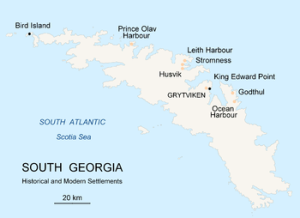 On the other end of the globe we find an icebound land that mostly served as a bleak hope for sailors. Found by Captain Cook in 1775, it remained uninhabited until the early 20th century when a whaling station was built by the Norwegians near the little town of Grytviken. What happened during those 200+ years? A series of slaughters by visitors who came for the fur seals and elephant seals to the point where their populations dwindled to unprofitability. The famous explorer Sir Edward Shackleton landed here and walked across the middle mountain range to get help for his crew stuck on Elephant Island. Now cruise ships deliver people to wander the small town and marvel at the beauty and the marine mammals, left along and now protected, are reclaiming their island home. I will say that Elephant seal life sounds pretty awful…
On the other end of the globe we find an icebound land that mostly served as a bleak hope for sailors. Found by Captain Cook in 1775, it remained uninhabited until the early 20th century when a whaling station was built by the Norwegians near the little town of Grytviken. What happened during those 200+ years? A series of slaughters by visitors who came for the fur seals and elephant seals to the point where their populations dwindled to unprofitability. The famous explorer Sir Edward Shackleton landed here and walked across the middle mountain range to get help for his crew stuck on Elephant Island. Now cruise ships deliver people to wander the small town and marvel at the beauty and the marine mammals, left along and now protected, are reclaiming their island home. I will say that Elephant seal life sounds pretty awful…
Zooming way up north, within the Arctic Circle we come to another desolate place. With no soil or vegetation to speak of, Halfmoon island seems to exist simply as a road for polar bears and Arctic foxes to travel on their way around their frozen world. But there is the story of four Russian walrus hunters who ended up shipwrecked on the island in 1743 and somehow survived for six years. Imagine eating nothing but poplar bear, reindeer, fox for all time and surviving… How did they do it? What was their life like after they were rescued and returned home? Can we begin to imagine?
We end where we began: off the coast of Great Britain, but actually off Ireland. These two rocky islands would seem to defy human habitation but Great Skellig was home to monks from the 6th century until driven off finally in the 12th/13th. They built stone huts in the shape of beehives where they lived solitary lives dedicated to existing on what they could grow and catch and worshiping their God. Raided by Vikings during the ninth century, the monks would rebuilt and replenish their monastery with new men, desiring to dedicate their lives to worshipping in solitude. The islands are way off the coast and getting there must itself be quite an adventure, in a boat today but imagine in the 7th century! Once there you are cut off from the world and have nature and God as your only companions. You must hope that both take pity on you and let you live. If you go, perhaps you will catch a glimpse of the Archangel Michael around a corner, or as a voice in the wind. Or is that the shearwater manx? You decide.
- Skellig Michael, beehive cells and Small Skellig
Here is a lovely video tour of the abandoned monasteries.
So, islands on the edge invite us to think of concepts such as survival, nature at its limits, human ingenuity, and perhaps simply the concept of Life.

